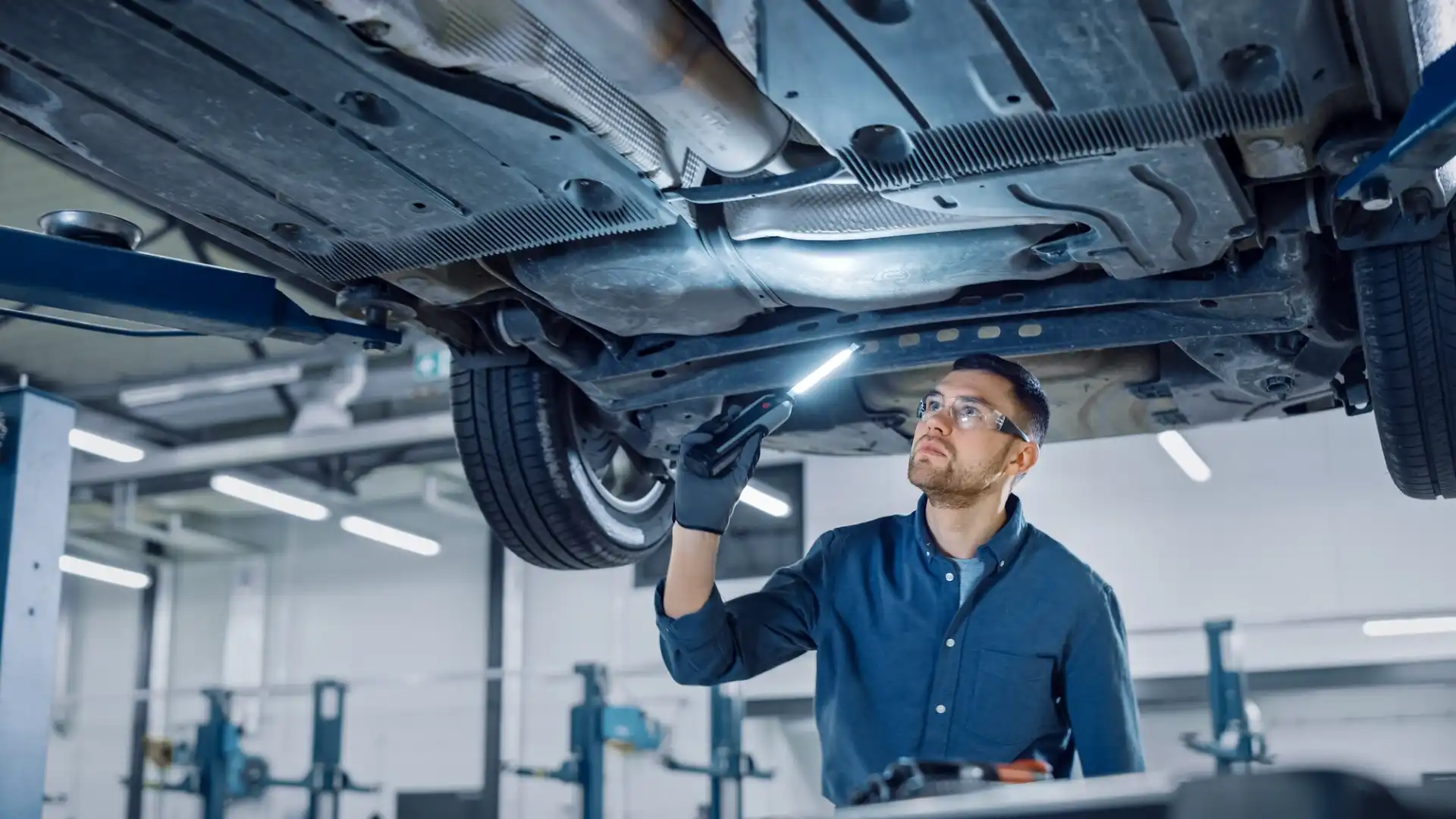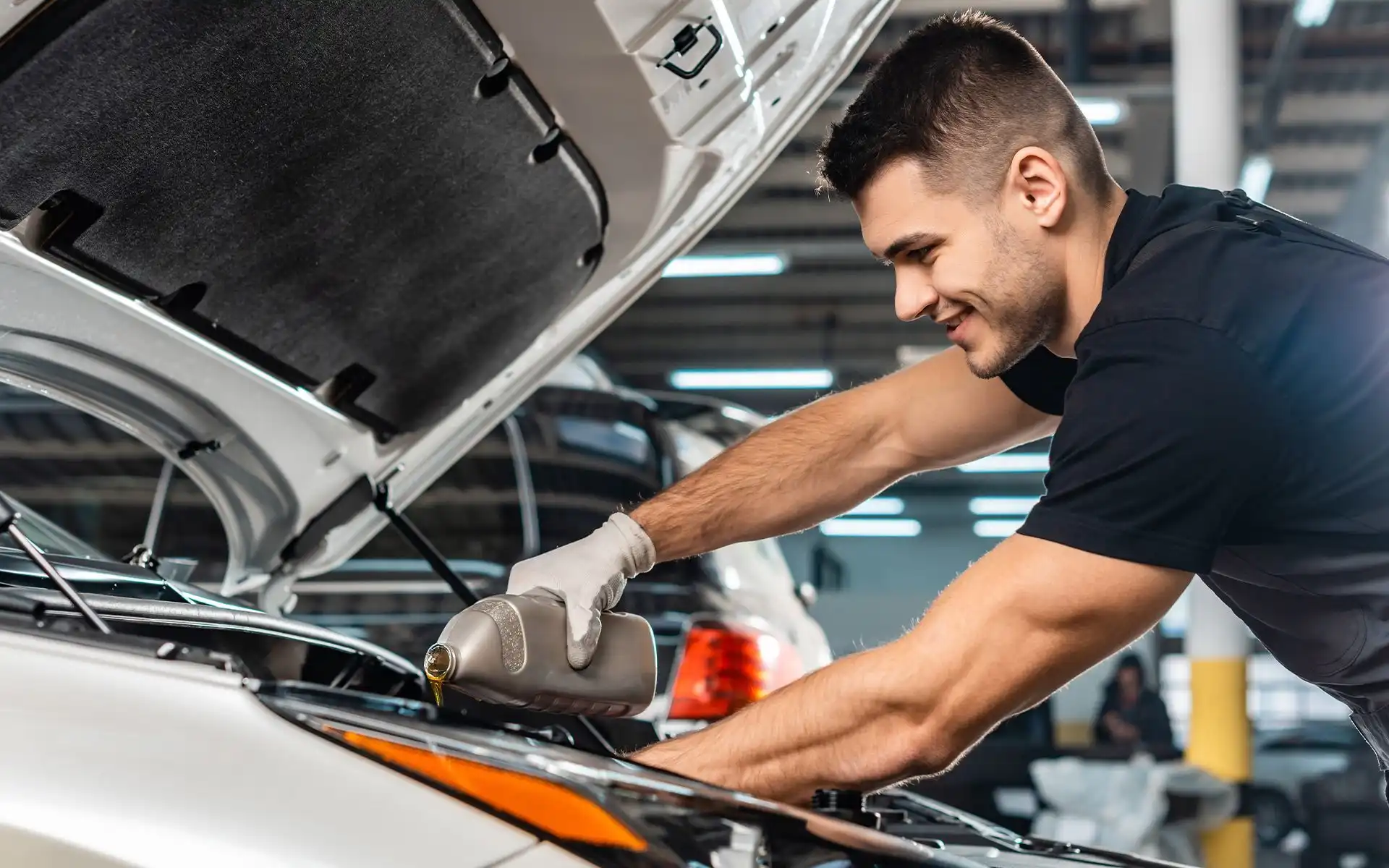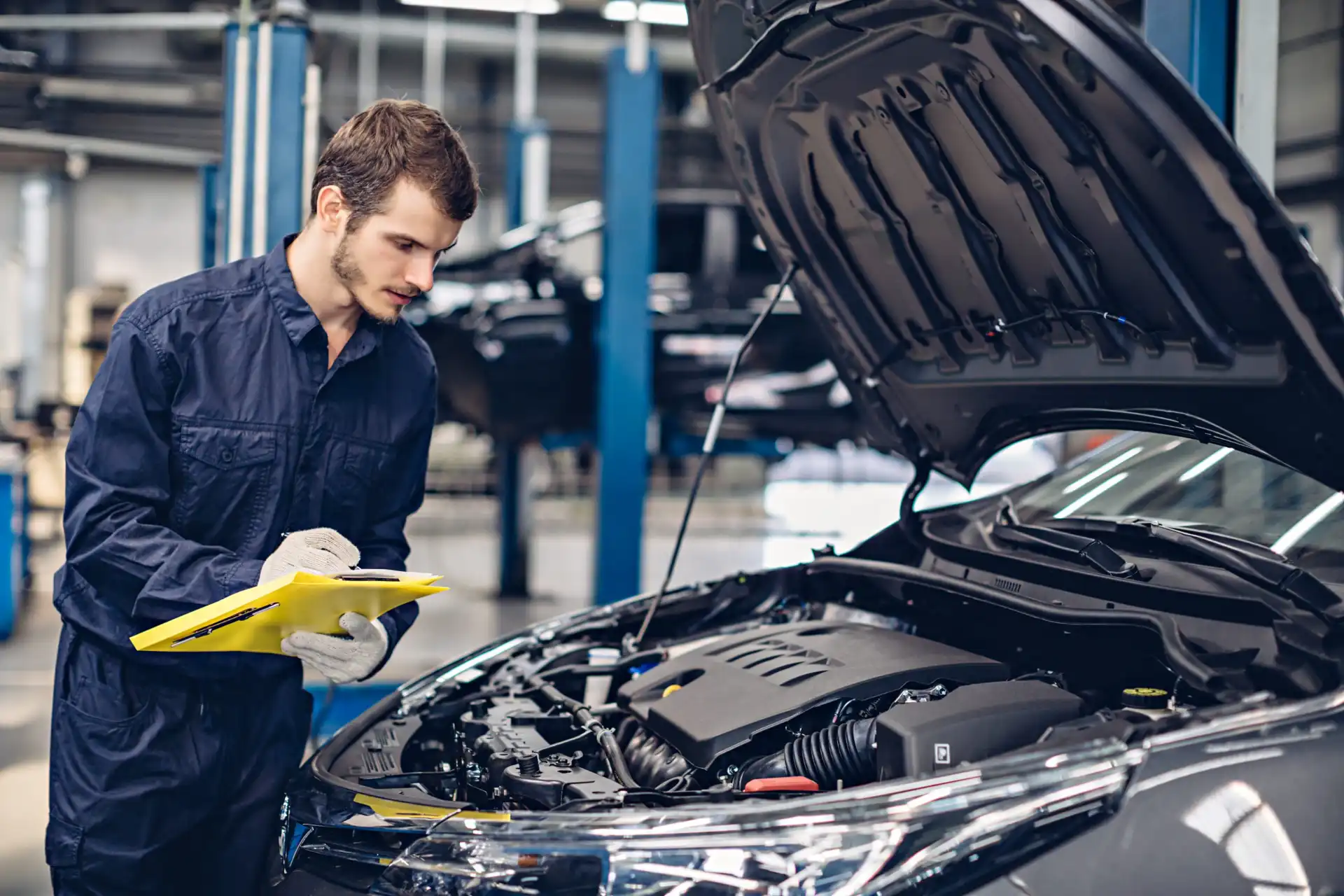Your car is one of the most significant investments you’ll make, and just like any other investment, it requires attention and maintenance to ensure it provides lasting value. Regular repairs and proactive care can help your vehicle run smoothly for many years, potentially saving you thousands of dollars in expensive repairs and increasing its resale value. In this blog post, we’ll explore practical steps you can take to extend your vehicle’s lifespan and keep it in top condition for the long run.
1. Stick to the Manufacturer’s Maintenance Schedule
Every vehicle comes with a manufacturer-recommended maintenance schedule outlined in the owner’s manual. This schedule includes critical tasks such as oil changes, fluid checks, tire rotations, and timing belt replacements. Following these guidelines is one of the best ways to keep your car in great condition.
Why it matters:
- Regular maintenance ensures that essential components are inspected and replaced before they fail.
- It helps prevent small issues from becoming bigger, more expensive problems.
- Following the schedule can help maintain your car’s warranty, should you need it.
2. Change the Oil Regularly
Oil is crucial for keeping the engine running smoothly. Over time, oil can become dirty and lose its lubricating properties, which can cause engine parts to wear out faster. Regular oil changes help ensure that your engine stays well-lubricated and functions efficiently.
How often should you change your oil?
- Most vehicles require an oil change every 3,000 to 7,500 miles, depending on the type of oil used and the manufacturer’s recommendation.
- Don’t forget to replace the oil filter during oil changes to keep the engine clean.
A timely oil change is one of the most affordable and effective ways to keep your vehicle running longer.
3. Check and Maintain Fluid Levels
Your car has several vital fluids, including brake fluid, coolant, transmission fluid, power steering fluid, and windshield washer fluid. Each of these plays a key role in your vehicle’s overall performance and longevity.
What to check:
- Engine coolant: Prevents overheating, especially during hot weather or long trips.
- Brake fluid: Ensures the braking system works effectively.
- Transmission fluid: Keeps the transmission operating smoothly.
- Power steering fluid: Maintains steering precision.
Make it a habit to check these fluid levels regularly, especially before long trips or after the car has been in use for a while. Refill or replace fluids as necessary to keep your car in peak condition.
4. Rotate and Balance Your Tires
Tire wear can have a significant impact on your car’s handling, fuel efficiency, and safety. Uneven tire wear can lead to poor performance and even cause premature tire failure. Regular tire rotations and balancing ensure that your tires wear evenly and last longer.
How often should you rotate and balance your tires?
- Rotate your tires every 6,000 to 8,000 miles, or follow your car’s manual for specific guidelines.
- Balancing should be done when you notice vibrations or when getting new tires installed.
Proper tire maintenance not only extends the life of your tires but also improves fuel efficiency and handling.
5. Inspect and Replace Brake Pads
The braking system is one of the most important safety features of your vehicle. Worn-out brake pads can decrease braking efficiency and potentially lead to costly repairs if ignored. Regular brake inspections will ensure that your car’s braking system remains in top condition.
Signs your brake pads need replacing:
- Squeaking or grinding noises when applying the brakes.
- The vehicle pulls to one side when braking.
- A soft or spongy brake pedal.
If you notice any of these symptoms, have your brake pads inspected and replaced as soon as possible to prevent further damage.
6. Keep the Battery in Good Condition
A functioning car battery is crucial for starting your engine and powering electrical systems. Over time, batteries can lose their charge or become corroded, especially in extreme temperatures.
Tips for battery care:
- Inspect the battery for corrosion around the terminals and clean it regularly.
- Test your battery’s voltage annually, particularly if it’s over 3 years old.
- If you notice dimming lights or trouble starting the car, have the battery tested.
Replacing a worn-out battery before it completely dies can save you from unexpected breakdowns.
7. Maintain the Timing Belt and Chains
The timing belt (or timing chain) synchronizes the engine’s movements, allowing the camshaft and crankshaft to work in harmony. If the timing belt or chain breaks, it can lead to severe engine damage.
When to replace it:
- Timing belts typically need to be replaced every 60,000 to 100,000 miles.
- If your car has a timing chain, it’s generally designed to last the lifetime of the engine, but it’s still worth checking it during regular service.
Ignoring this crucial maintenance item could result in catastrophic engine damage, so don’t skip it!
8. Keep the Air Filter Clean
A clean air filter ensures that your engine receives the right amount of air, which is essential for optimal fuel combustion. A dirty or clogged air filter can reduce engine performance, lower fuel efficiency, and increase emissions.
How often should you change your air filter?
- Depending on the environment you drive in, it’s typically recommended to replace the air filter every 12,000 to 15,000 miles.
- If you drive in dusty or polluted areas, you may need to replace it more often.
A simple air filter change can improve your vehicle’s fuel efficiency and performance.
9. Wash and Wax Your Car Regularly
While it might seem cosmetic, keeping your car clean is an essential part of maintenance. Regular washing and waxing protect your car’s paint job from dirt, debris, and environmental elements, such as road salts and UV rays, which can cause rust and corrosion over time.
How often should you wash and wax?
- Wash your car every two weeks or more often if you live in a salty or dusty environment.
- Wax your car every 3 to 6 months to keep the paint protected and looking fresh.
By maintaining your vehicle’s exterior, you not only keep it looking great, but you also protect it from long-term damage.
10. Stay on Top of Regular Inspections
Regular inspections by a qualified mechanic can help catch potential problems early. Scheduling a professional check-up every 6 to 12 months will ensure that your car is in good working order, and you’ll be able to address any issues before they become major problems.
During a typical inspection, a mechanic will check all of the essential components, including:
- The engine and transmission
- Brakes and suspension
- Tires, wheels, and alignment
- Fluids and filters
- Exhaust system
Conclusion
Regular repairs and maintenance are key to ensuring the longevity and reliability of your vehicle. By following these simple yet effective maintenance tips—such as oil changes, brake inspections, and tire care—you can extend your vehicle’s lifespan and enjoy a smoother, safer driving experience for years to come. Investing time in maintaining your car will save you money on costly repairs, improve fuel efficiency, and keep you on the road with confidence.





